 Shutterstock
Shutterstock
Long before tiaras and luxury gift baskets, dogs were among the most cherished and symbolic gifts exchanged between royal courts. These weren’t just any pups—they were rare, elite breeds chosen to reflect status, loyalty, and political goodwill. A single dog could seal alliances, soften tense negotiations, or charm a queen into friendship. Handpicked for their lineage and elegance, these four-legged diplomats were shipped across kingdoms to win hearts and wagtails. These royal dogs didn’t just walk palace halls—they practically negotiated treaties with every step.
Pekingese
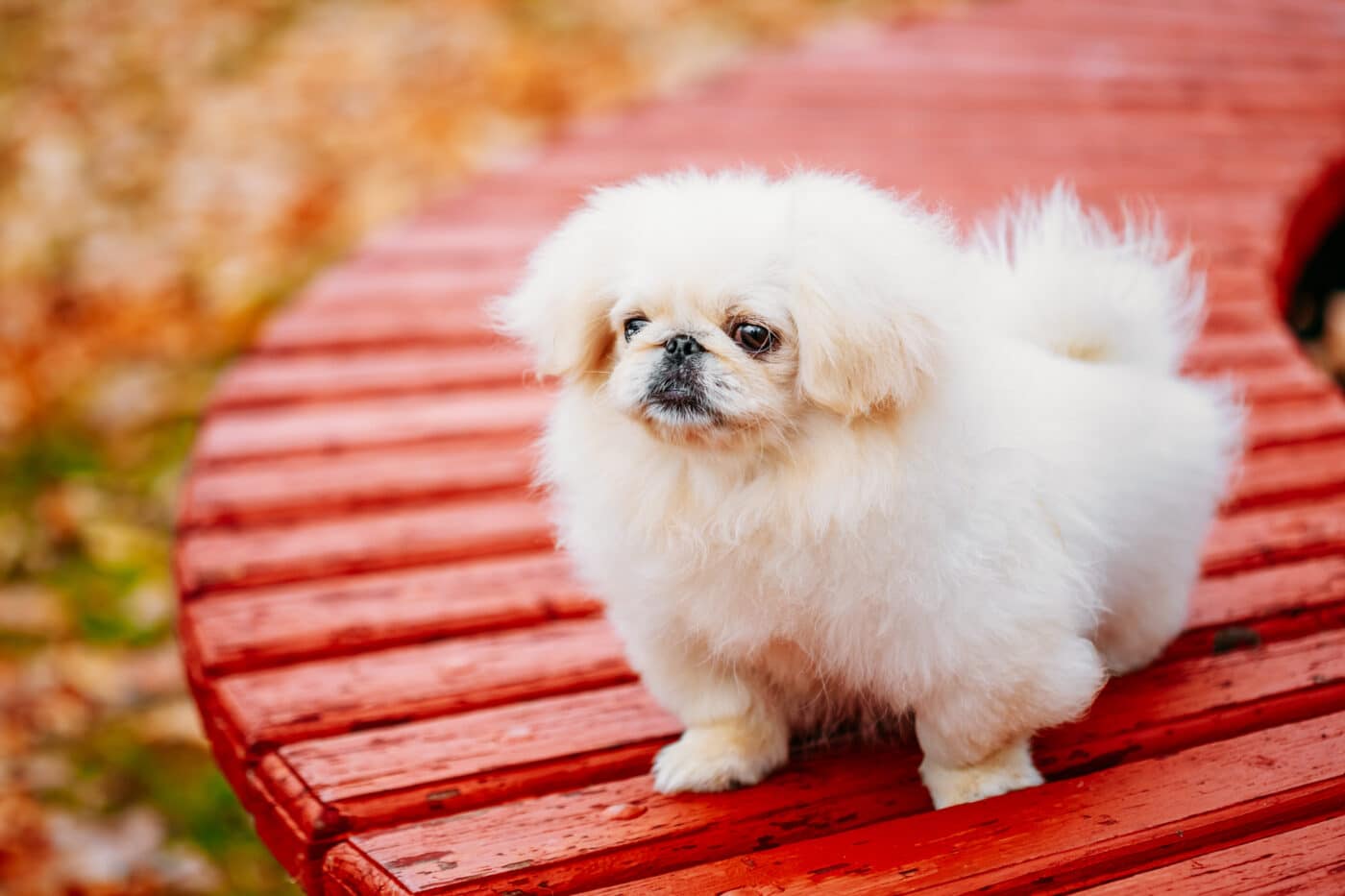 Shutterstock
Shutterstock
The Pekingese were once considered sacred in ancient China, and owning one outside the imperial palace could result in severe punishment. These lion-like lapdogs were bred solely for Chinese royalty and were guarded as precious treasures. However, in a moment of international drama and diplomacy, several Pekingese were gifted to Queen Victoria after the British invasion of the Summer Palace in 1860. Despite the questionable circumstances, the breed soon became a favorite among European aristocracy. With their majestic coats and “I own this room” energy, it’s easy to see why these tiny fluffballs became prized royal tokens.
King Charles Spaniel
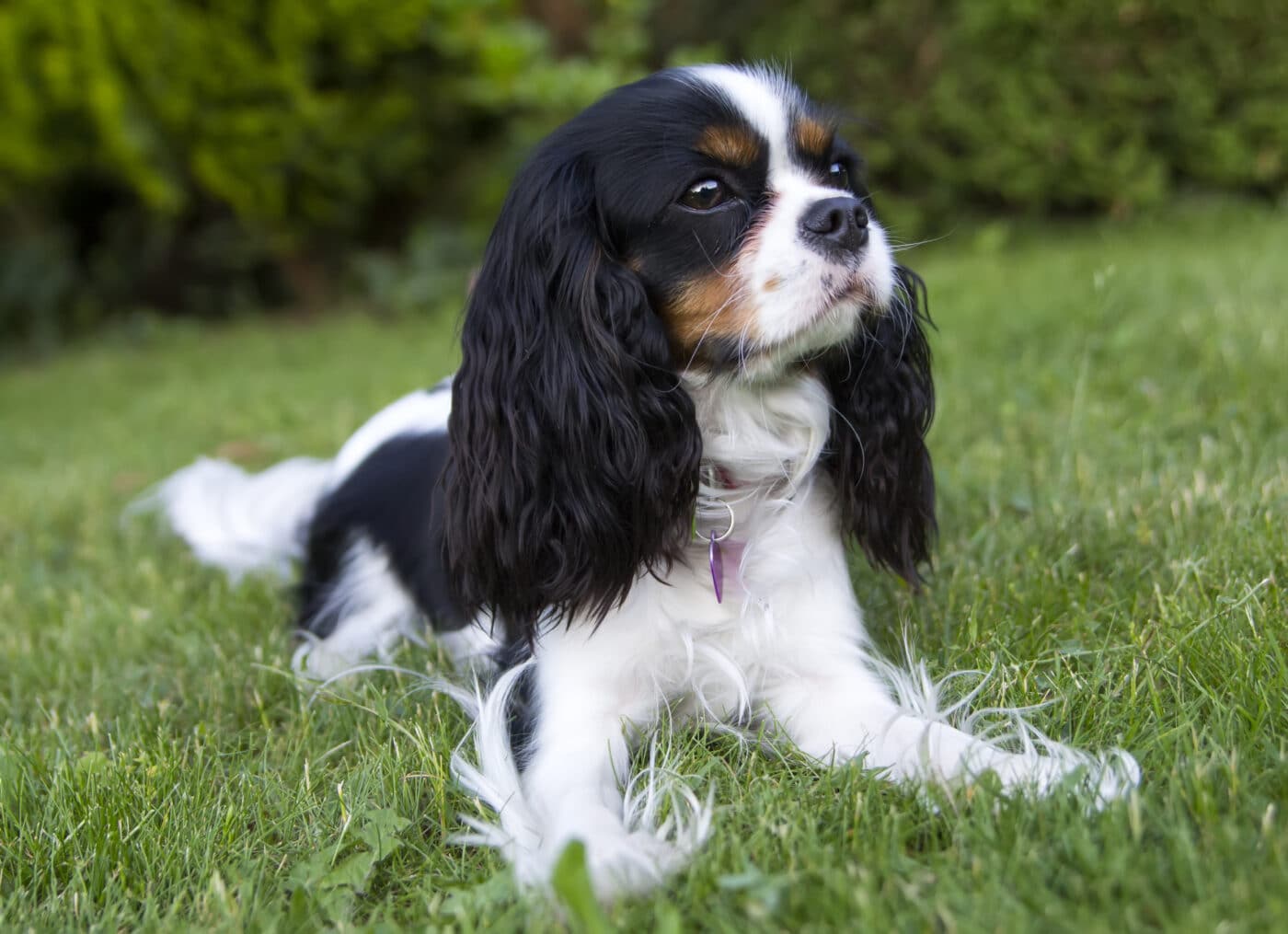 Shutterstock
Shutterstock
The King Charles Spaniel has royal gift written all over it—quite literally. Named after King Charles II of England, who was famously obsessed with them, this breed became a fashionable European court companion. These charming little spaniels were often exchanged between nobles and royals as symbols of elegance and good breeding. Their sweet nature and delicate features made them ideal companions for queens and princesses looking for a loyal lap warmer with aristocratic flair. It’s safe to say these dogs didn’t just arrive as gifts—they conquered entire courts with one tail wag.
Saluki
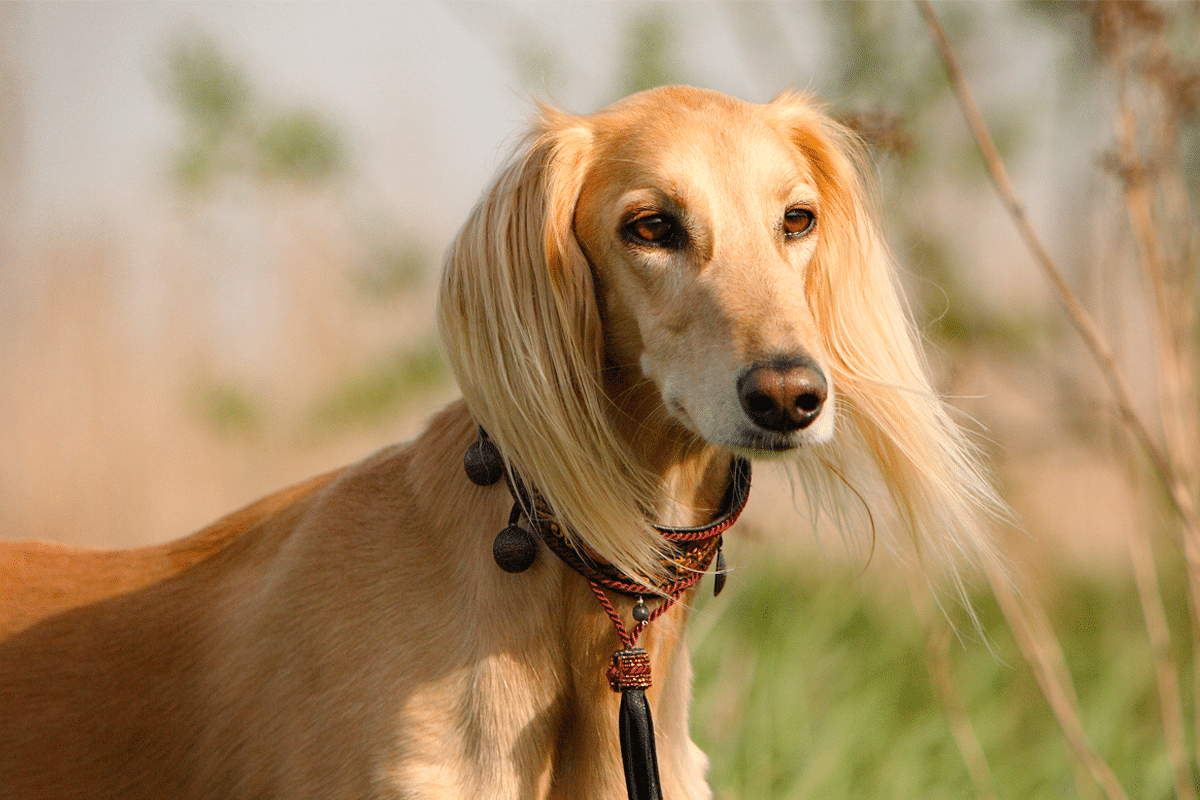 Shutterstock
Shutterstock
Known as the “Royal Dog of Egypt,” the Saluki was considered a divine creature in many Middle Eastern cultures. Revered for their grace and speed, sultans and caliphs often gifted them to European royalty as signs of deep respect. These dogs were more than just exotic eye candy—they symbolized nobility, endurance, and ancient lineage. With their elegant build and aloof personalities, Salukis fit right in with royal entourages and ceremonial functions. They didn’t bark diplomacy—they glided it in with style.
Tibetan Terrier
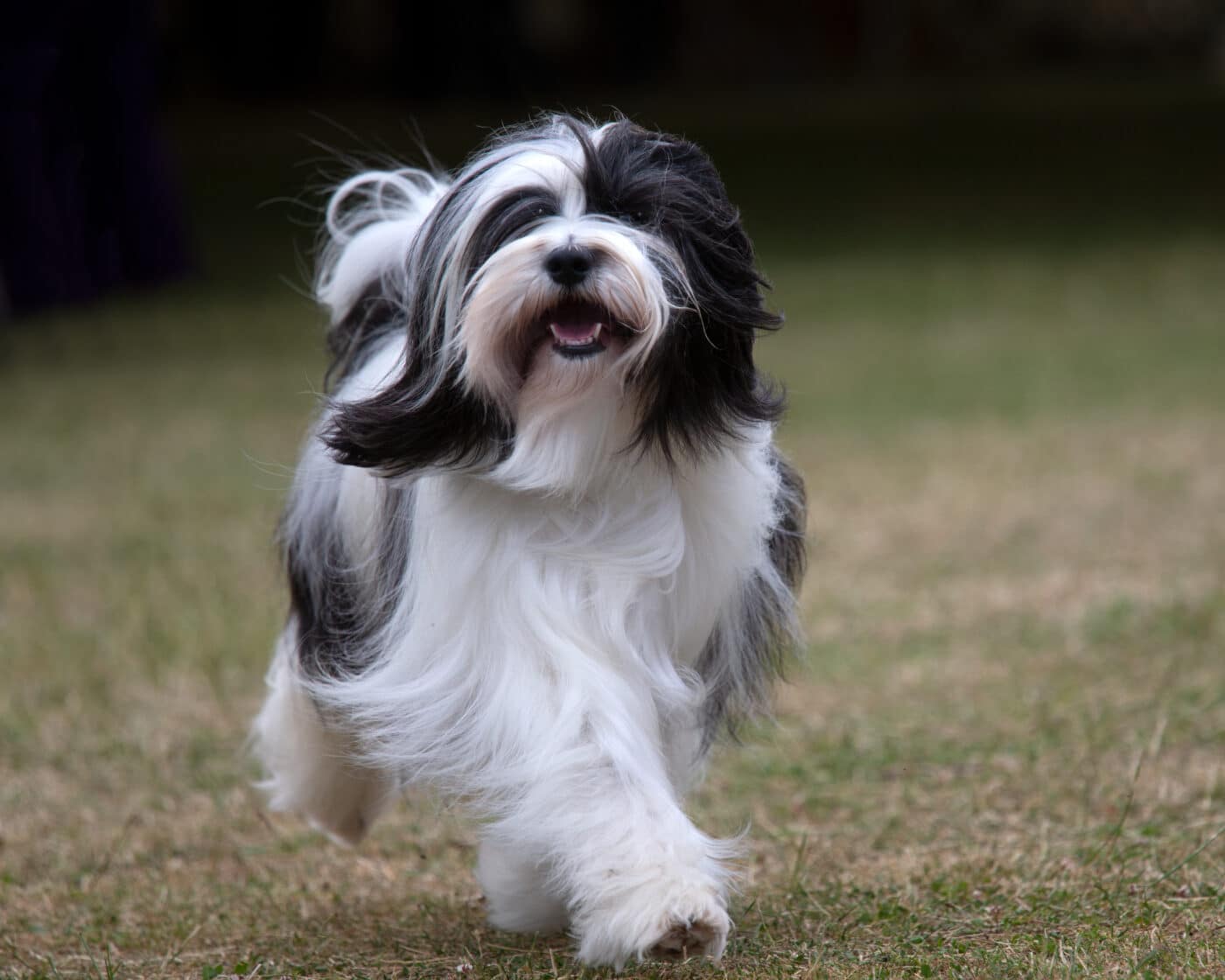 Shutterstock
Shutterstock
Though not a true terrier, the Tibetan Terrier was considered a sacred dog in its homeland and often given as a gift of great honor. Tibetan monks bred and raised them as companions and watchdogs, and when dignitaries visited, these prized dogs were sometimes offered as a sign of spiritual goodwill. Unlike common trade items, Tibetan Terriers were never sold—only gifted, which made them even more valuable in royal circles. Their loyal nature, intelligence, and mystical aura made them a favorite among those lucky enough to receive them. Forget gold—nothing says “holy treasure” like a shaggy dog with divine vibes.
Japanese Chin
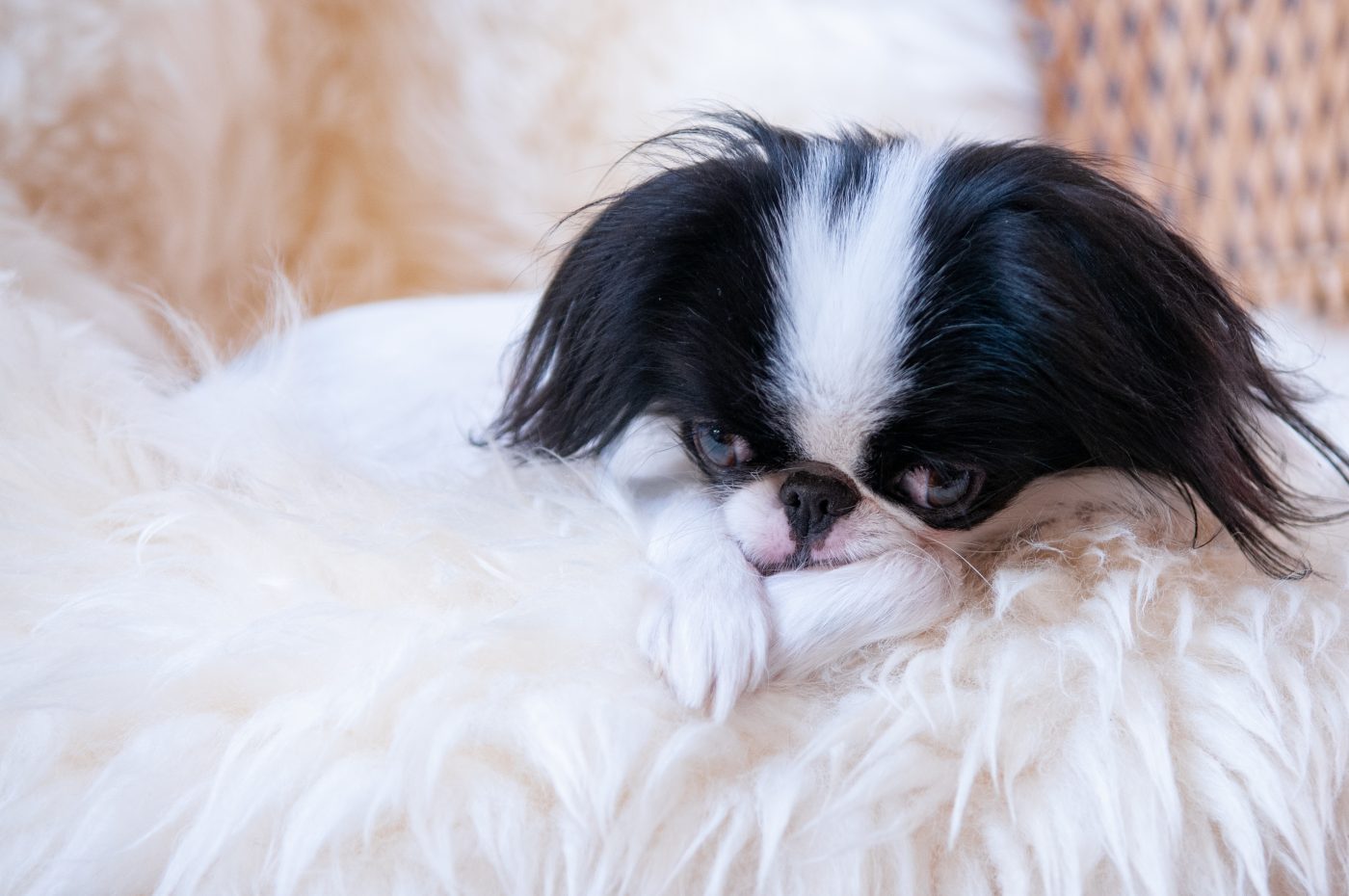 Shutterstock
Shutterstock
Delicate, dignified, and full of personality, the Japanese Chin was once reserved solely for members of the Japanese imperial court. These tiny, expressive dogs were bred for elegance and charm, making them highly sought after by European royals when trade opened with Japan. In the 19th century, Japanese Chins were gifted to Queen Victoria and other members of European nobility, instantly becoming prized pets among the elite. With their dramatic expressions and fan-like tails, they were the ultimate mix of grace and sass. Basically, they were living, breathing royalty packed into a petite frame.
Lhasa Apso
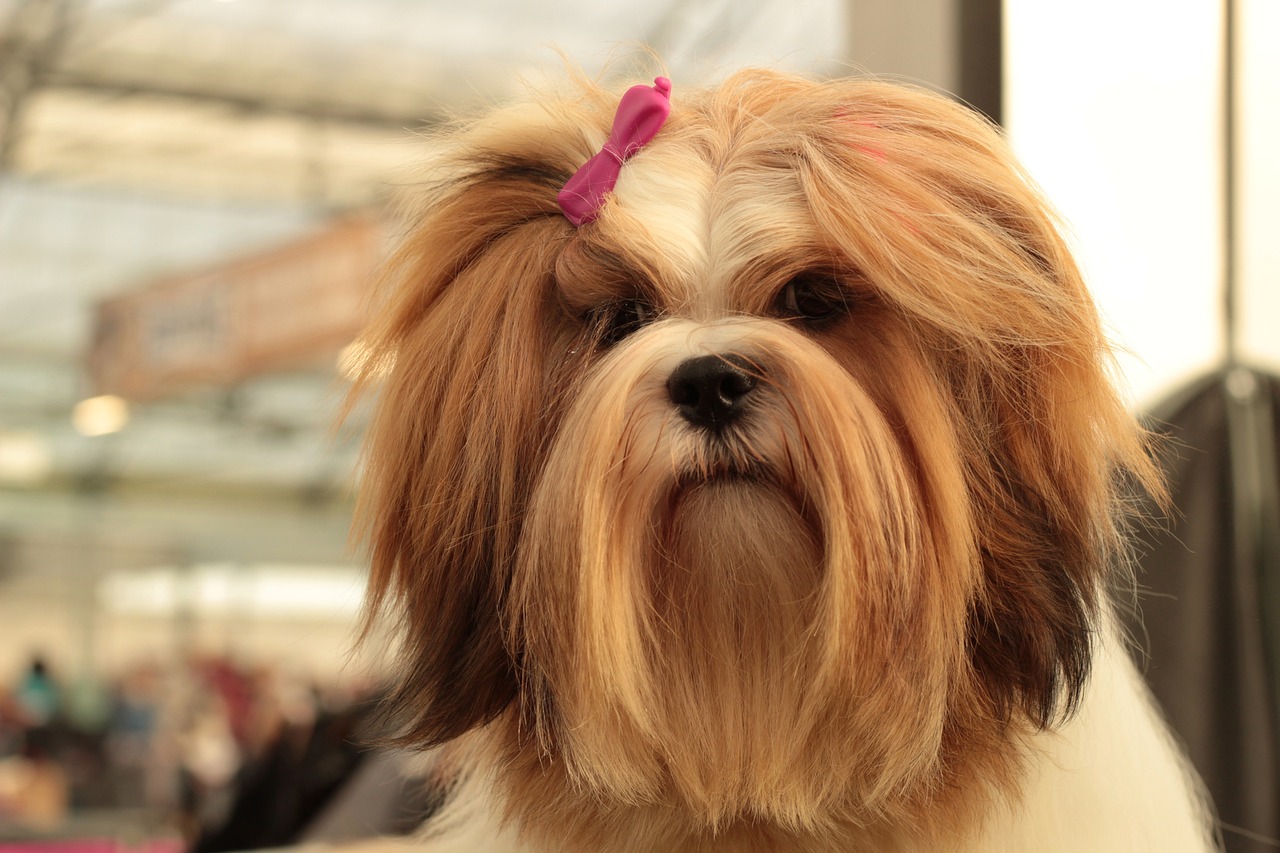 Shutterstock
Shutterstock
Bred by Tibetan monks to guard temples and monasteries, the Lhasa Apso was a sacred breed with great symbolic importance. These dogs were often given as royal gifts to Chinese emperors and dignitaries as a gesture of trust and spiritual alliance. Their flowing coats and keen awareness made them feel less like pets and more like enchanted guardians disguised as adorable fluff muffins. Any royal who received a Lhasa Apso wasn’t just getting a pet—they were receiving what many believed was a bringer of good luck and divine protection. Talk about gift wrapping with cosmic flair.
Papillon
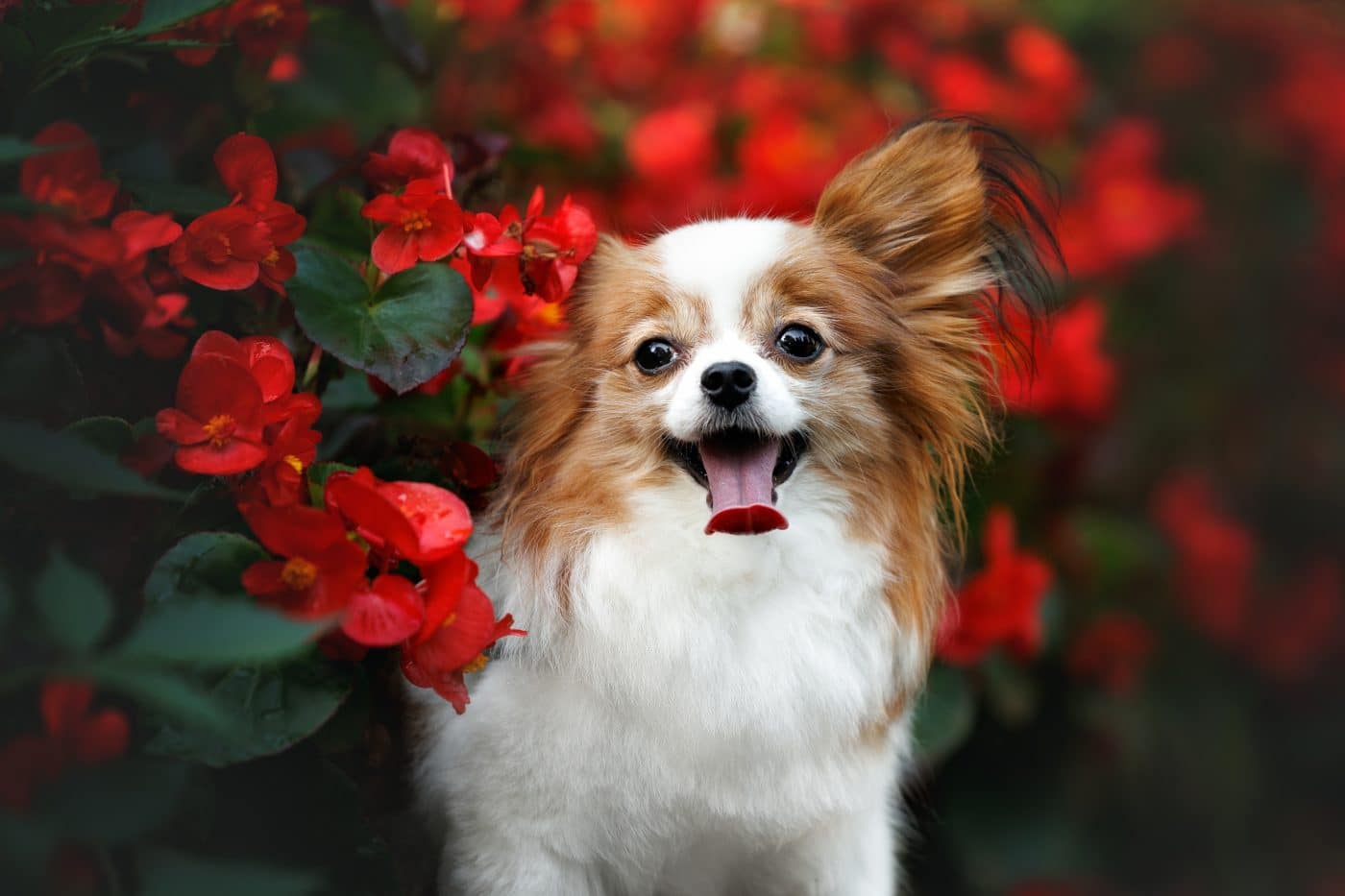 Shutterstock
Shutterstock
The Papillon was a staple of royal courts, adored by French nobility, especially during the Renaissance and Baroque periods. Their butterfly-like ears and elegant demeanor made them popular among queens and duchesses as lap dogs and conversation starters. Papillons were frequently given as diplomatic gifts between European courts to solidify alliances or just show off breeding finesse. Their portraits are found in countless royal paintings, sometimes more regal than the monarchs. If Versailles had a mascot, it would’ve had wings and a sassy little bark.
Maltese
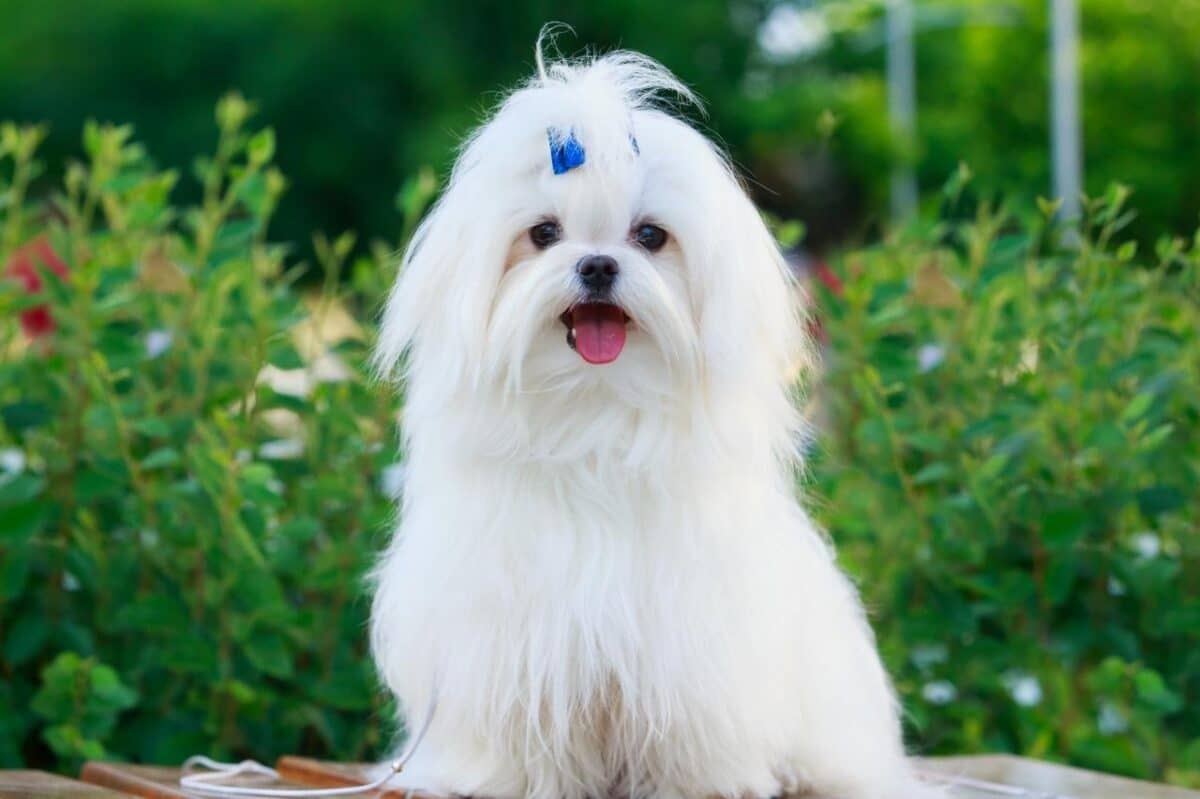 Shutterstock
Shutterstock
The Maltese is one of the oldest companion dog breeds in the world, with roots tracing back thousands of years. Known for their luxurious white coats and refined demeanor, these pups were a favorite among royalty from the Roman Empire to Renaissance Europe. They were frequently exchanged as diplomatic gifts, particularly among queens, duchesses, and noblewomen who saw them as the ultimate symbol of sophistication. Often carried in sleeves or adorned with jewelry, Maltese dogs were both fashion statements and furry ambassadors. Basically, if a royal needed to say, “I come in peace (and with fluff),” the Maltese did the job.
Bichon Frise
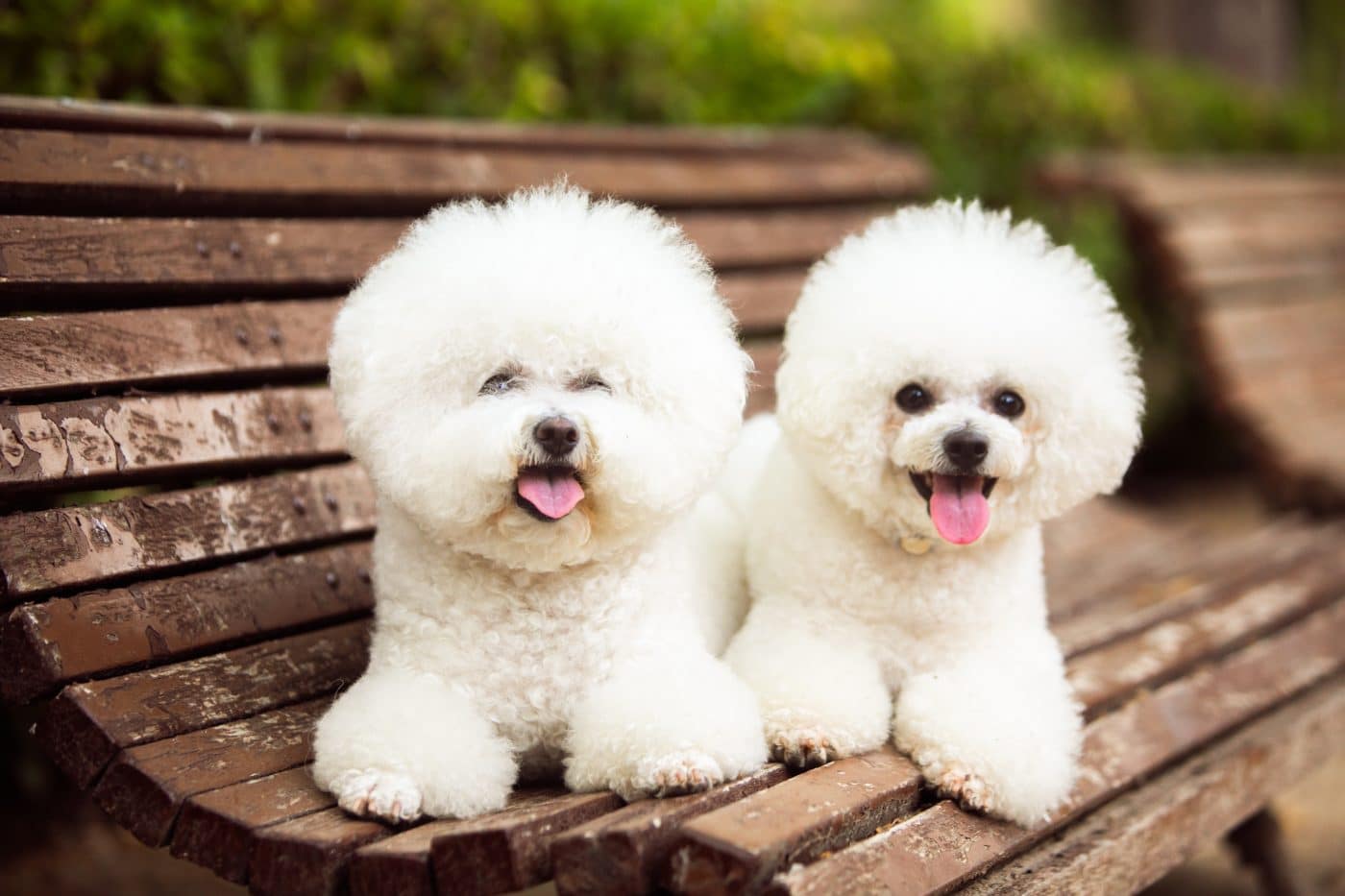 Shutterstock
Shutterstock
The Bichon Frise, with its fluffy white coat and sociable personality, was practically designed for royal life. Spanish, French, and Italian courts adored this breed, often exchanging them as gifts to charm queens and show off wealth. Bichons were regulars in royal households, strutting through marble halls and napping on velvet cushions like they paid rent. Their cheerful temperament and hypoallergenic coat made them ideal companions for fancy folks with fancy allergies. Basically, they were the social butterflies of the royal dog world—and they knew it.
When The Bark Said, “Your Majesty”
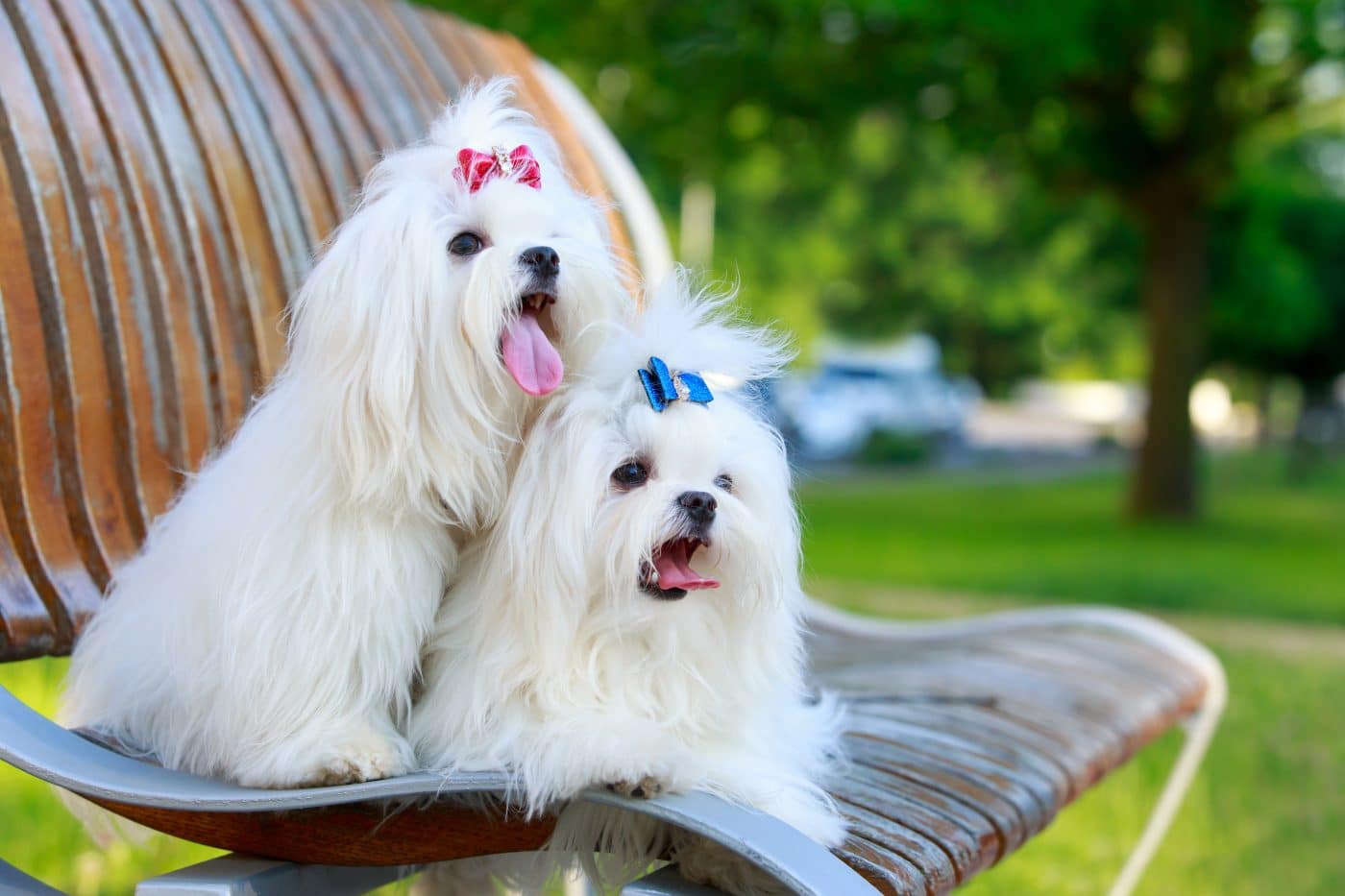 Shutterstock
Shutterstock
In the day, diplomacy wasn’t only about treaties and trade and arriving with the fluffiest, most charming canine imaginable. These dogs didn’t just cross borders; they crossed hearts, winning over kings, queens, and entire courts with a single tail wag. Regal in appearance and rich in symbolism, these pups were more than gifts—they were furry ambassadors of peace and prestige. Sometimes, the most powerful diplomatic move wasn’t a treaty—it was a four-legged charmer who drooled on royal robes and still ruled the palace.
 Toledo, United States.
Toledo, United States.
